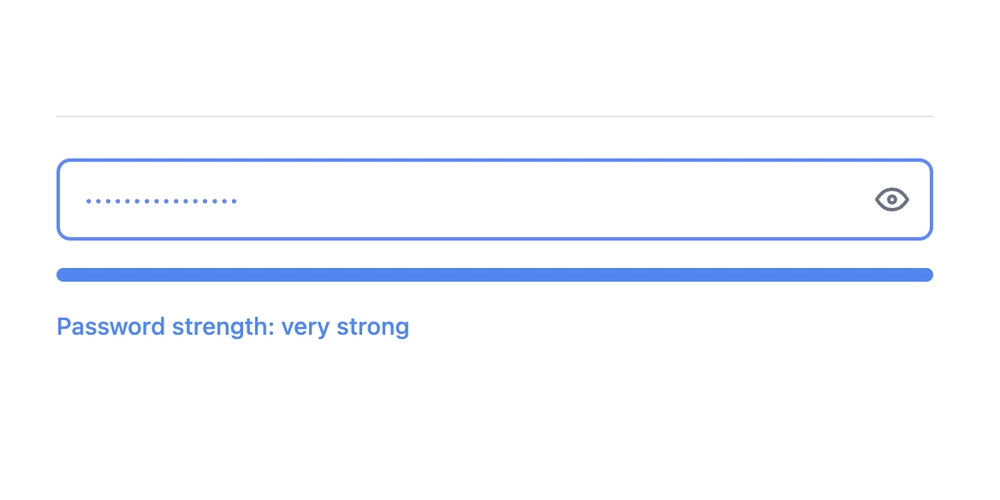Understanding Ryan Cranie's FOTA Project: A Deep Dive into Firmware Over-the-Air Updates
Firmware Over-the-Air (FOTA) updates are vital for modern devices, ensuring security and feature enhancements. This article explores Ryan Cranie's FOTA project, examining its potential applications and underlying principles. We'll break down the essentials of FOTA and how projects like this contribute to the evolving landscape of embedded systems.
What is FOTA and Why is it Important?
FOTA, or Firmware Over-the-Air, refers to the process of wirelessly updating the firmware on a device. This eliminates the need for physical connections or manual updates. It's essential for several reasons:
- Security Patches: Quickly address vulnerabilities to protect devices from threats.
- Feature Enhancements: Roll out new features and improvements to existing devices.
- Bug Fixes: Correct errors and improve device performance.
- Cost Reduction: Avoid the expense of recalling devices for updates.
Key Components of a FOTA System
A robust FOTA system comprises several critical components working together. Understanding these parts is essential for building reliable update mechanisms for embedded systems.
- Bootloader: Initiates the device and manages the firmware update process.
- Update Server: Stores and distributes firmware updates securely.
- Communication Protocol: Enables reliable data transfer between the device and the server.
- Security Measures: Protects the update process from unauthorized access or tampering.
Exploring Ryan Cranie's FOTA Project
Ryan Cranie's FOTA project on GitHub provides valuable insights and resources for developers interested in implementing FOTA solutions. While specific details about the project's architecture require direct access to the repository, we can infer potential functionalities:
- Example Implementation: A practical demonstration of a FOTA system.
- Code Snippets: Reusable code for various aspects of the update process.
- Documentation: Guidance on setting up and using the system.
- Community Contributions: Enables knowledge sharing and collaboration.
Benefits of Using GitHub for FOTA Projects
Open-source platforms like GitHub make development and distribution of firmware Over-the-Air update solutions easier. The platform enables developers to work together by providing the following:
- Collaboration: Developers can contribute to the project and share knowledge.
- Version Control: Track changes and revert to previous versions if needed.
- Issue Tracking: Report and address bugs and feature requests.
- Community Support: Assistance from other developers and users.
- Learning Resources: Access tutorials and examples to help improve your implementation skills.
Implementing Secure Firmware Updates with FOTA
Security is paramount in FOTA implementation. Insecure updates can leave devices vulnerable to attacks. Consider these security measures for reliable FOTA updates:
- Encryption: Protects data during transmission and storage.
- Authentication: Verifies the identity of the update server and the device.
- Integrity Checks: Ensures that the firmware has not been tampered with.
- Rollback Mechanism: Restores the previous firmware version if an update fails.
Understanding these key principles will empower developers to build and deploy reliable Firmware Over-the-Air updates. Projects like Ryan Cranie's contribute to a better understanding of practical implementations.
.png)














